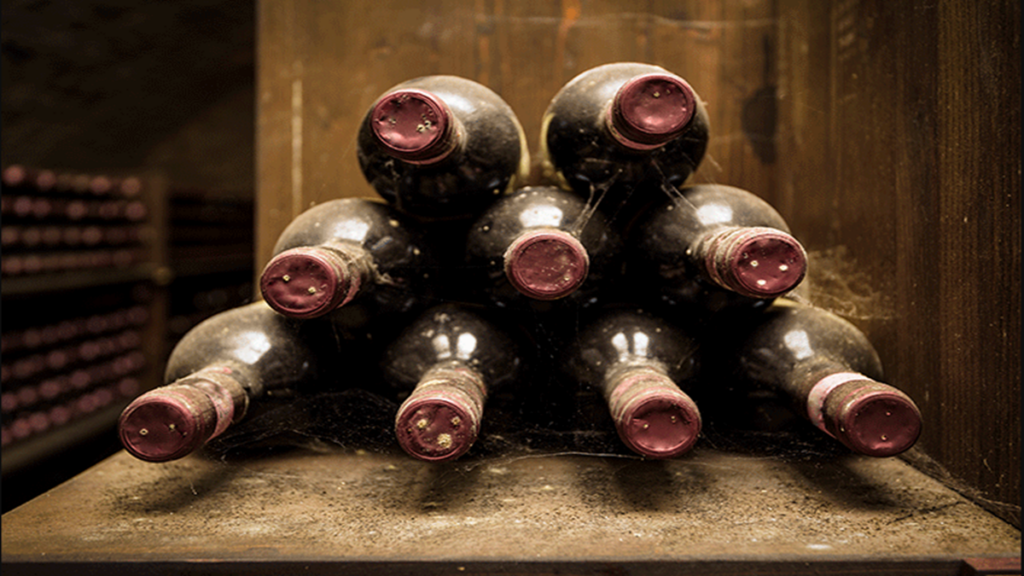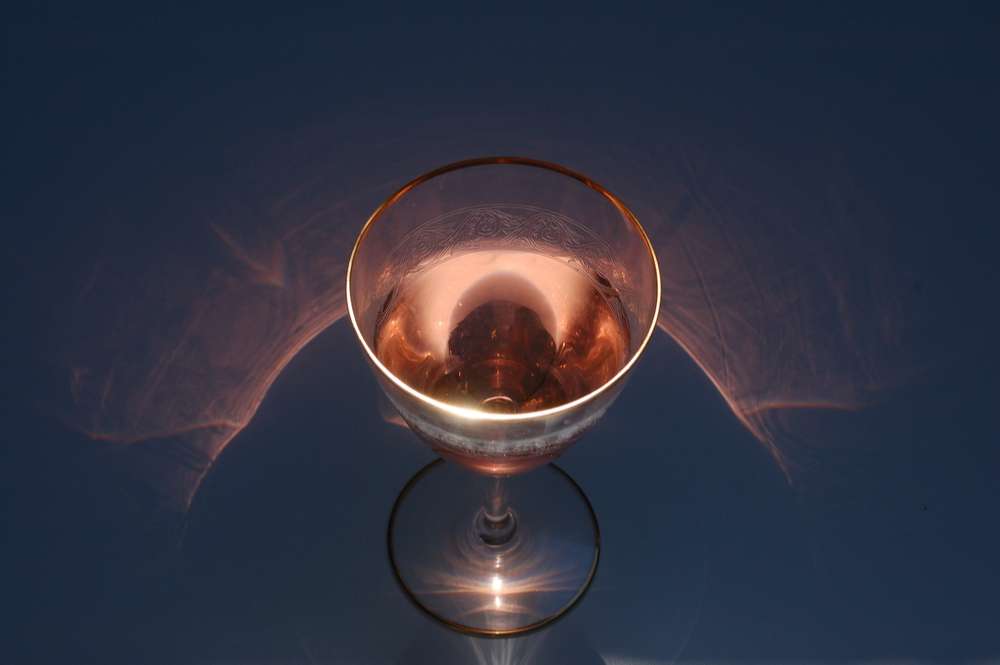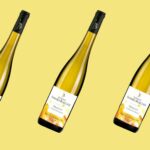The evolution of wine in the bottle fascinates wine lovers and experts alike. Each cuvée ages differently, depending on its origin, composition and storage conditions. Understanding how wine ages can help you choose the right moment to open a bottle and enjoy it at its best.
The fundamental role of bottle ageing
From the moment it is bottled, wine continues to live. Contrary to popular belief, it doesn't stand still. It evolves slowly, thanks to natural chemical reactions. Tannins soften, acidity stabilizes and aromas become more complex.
Red wines gain nuances of leather, undergrowth or dried fig. White wines evolve towards scents of wax, honey or hazelnut. This slow transformation is what makes wine aging so interesting, transforming the raw material into a rich sensory experience.
Wine conservation: the key to successful evolution

Good wine is not enough. It must also be well preserved. Wine storage plays a crucial role in its evolution. A stable temperature of around 12°C ensures slow, harmonious aging. Variations in temperature damage the wine's structure and cause imbalance.
Thehumidity is between 70 and 75%. Air that's too dry dries out corks, leading to oxidation. Too much humidity encourages mold and undesirable odors. Finally, light is an enemy. It alters color and deteriorates aromas. A good wine cellar should therefore be dark, temperate and ventilated.
Choosing the right wines to age in your cellar
Not all wines benefit from aging. It's important to know which wines have good ageing potential. Powerful, tannic reds, such as Bordeaux, Barolo or Brunello, often age very well. Their structure allows for slow, complex evolution.
Some white wines also allow this. Rieslings, Savennières, Alsace grands crus and Loire whites are classic examples. Cellar wine must be chosen with care: good acidity and rich tannins are important criteria.
The main stages in bottle evolution
The wine follows a three-phase cycle. When young, it offers fresh aromas, fruit and liveliness. This is often the time when it is most expressive. In the mature phase, flavors harmonize. Acidity and tannins meld. The wine becomes rounder, more complex.
Then comes the decline. The fruit disappears, the aromas weaken and the palate becomes limp. A wine that's too old loses its beauty, even if some connoisseurs seek out these profiles. Knowing how to identify these stages means opening bottles at the right time.
Recognizing a wine at its peak

A wine at its peak shows perfect balance. The aromas are rich and mellow, the texture silky. Color can indicate evolution. A mature red takes on tile-like hues, a white turns golden. If the color is dull or brown, it may be too late.
Wine storage is therefore a decisive factor. A poorly stored bottle ages faster, sometimes too fast. It becomes unbalanced and loses its finesse. The moment of tasting must therefore be well anticipated.
The cork, the wine cellar's guardian
The cork plays an essential role in the aging of wine. It protects the liquid from air, while allowing a very small amount of oxygen to pass through. This slow micro-oxygenation is beneficial. It allows the wine to evolve gently, without shock.
A faulty cork causes defects. The wine oxidizes, deteriorates, becomes dry or bitter. Some producers choose technical corks, while others prefer screw caps to guarantee a perfect seal.
Avoid excessive aging of wine
Keeping a wine too long, for fear of opening it too soon, is a common mistake. A wine that is too old loses its qualities. It becomes flat, its aromas fade, the mouth empties. The magic disappears.
It's better to drink a wine slightly young than too late. Wine in the cellar deserves regular attention. Dare to open a bottle if you feel it is nearing its peak. Better a pleasant surprise than a regret on the palate.
Organizing a balanced cellar according to wine type
A well-balanced cellar means that bottles are well distributed. Wines to be drunk young should remain accessible. Wines for ageing are placed in the most stable part of the cellar. Proximity to the ground guarantees a more constant temperature.
A regular inventory helps track progress. Some use notebooks. Others prefer cellar management applications. The most important thing is to keep track of each cuvée, so as not to miss the right moment.
How aromas change over time
The wine's aromas evolve over the years. A young Syrah gives off notes of pepper and black fruit. As it ages, it reveals leather, wood and sweet spices. A Chardonnay goes from lemony freshness to nuances of butter, hazelnut or brioche.
Each grape variety follows a different path. Acidity, tannin and basic structure determine the nature of this transformation. Wine aging is never uniform. It holds surprises, sometimes disappointing, often marvelous.
Wine in the cellar: a living organism
Wine in the cellar is never static. It reacts to its environment. Temperature, humidity and light influence its development. Constant care is needed to ensure that it gives the best of itself.
Aging a wine means giving it time to reveal its full personality. But it also requires patience and discernment. Training, reading technical data sheets and asking producers questions can help you anticipate this evolution.
If you enjoyed this article, please feel free to read the following article "Wine in the lab: can you reproduce a grand cru without a vine?"which may also be of interest to you!





